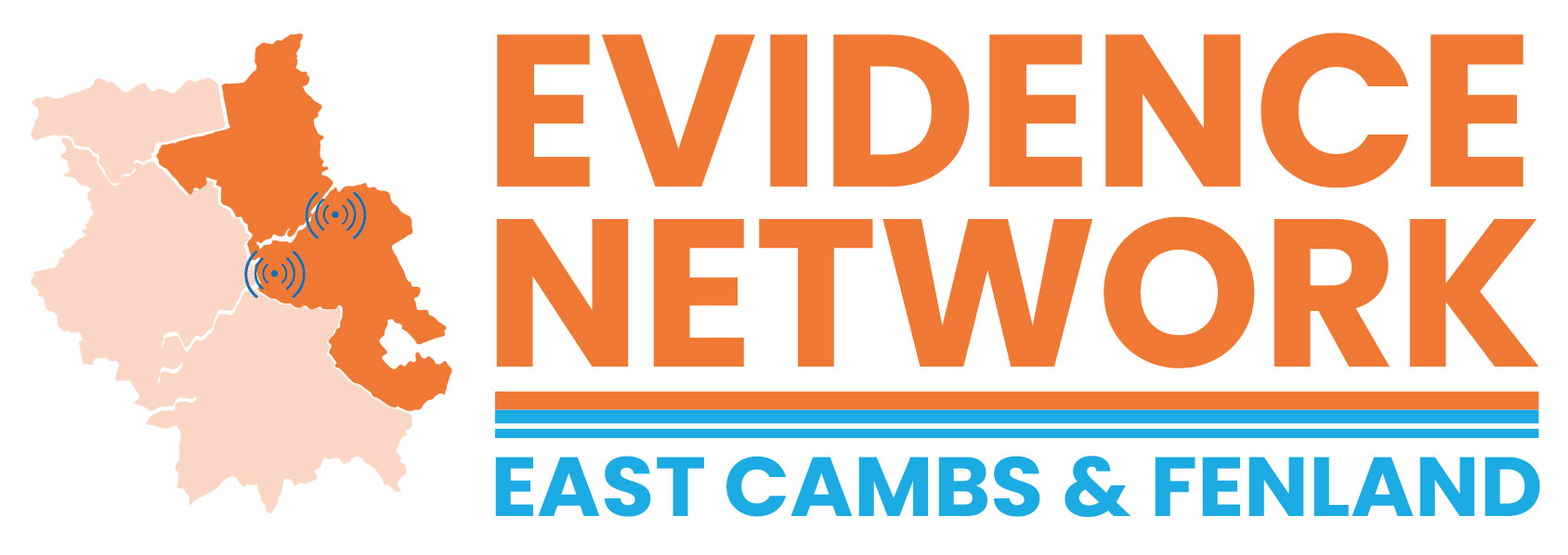Adam Rivett, our Network co-Director shares how his school are using EEF Implementation Guidance
Navigating Success at Littleport Community Primary School: Putting the Education Endowment Foundation’s Implementation Guide for Schools into Practice
Within education, evidence-based practices have become the cornerstone of effective teaching and learning. The Education Endowment Foundation (EEF) has long been at the forefront of empowering educators with evidence-based practices, which is why, at Littleport Community Primary School, we routinely draw on their work to support us with school development. In their guidance document, Putting Evidence to Work – A School’s Guide to Implementation, the EEF offers a crucial roadmap for schools to effectively translate research into action and foster a culture of continuous improvement.

Figure 1: EEF’s Implementation Process
At its core, the guidance recognises two key features for the success of any implementation process:
- School leadership and culture
- Treating implementation as a process rather than a one-off event
School leaders play a pivotal role in driving the implementation of evidence-based strategies. The guidance provided us with practical insights into how leaders can create a supportive environment, foster collaboration among staff, and prioritise professional development to ensure that evidence is seamlessly integrated into daily practice.
Explore Beginning with the ‘Explore’ stage, the guidance encourages schools to conduct thorough analysis before embarking on any delivery. All too often we can jump to thinking of ways to solve the problem before we have fully understood both the problem itself as well as the climate of the setting within which change is being implemented. This is often done with best intentions as a means to address the issue at hand in the shortest time possible. By identifying the specificity and context of the challenge, we are better able to decide on the activity based on evidence of what has (and has not) worked before. This highly targeted approach increases the likelihood of success and enables schools to make informed decisions about resource allocation.
Prepare Perhaps the most important aspect of this process for us was establishing a shared understanding of the chosen evidence-based practices amongst teachers, support staff, and leadership (including Governors). This came in the form of a robust implementation plan. We worked extensively with key leaders to determine the ‘active ingredients’ of the intervention and clearly defined our expected outcomes with ways of measuring and monitoring our progress towards them.
Deliver Having successfully navigated the planning elements of this process, skilled and knowledgeable leaders are able to work collaboratively with staff to motivate and coach colleagues through implementation, whilst monitoring and making faithful adaptations along the way.
Sustain Effective implementation is not a one-time event but an ongoing process that requires commitment over time. This iterative process of reflection and adaptation using a ‘live’ implementation plan ensures that evidence-based practices are continuously refined to meet the evolving needs of the students as well as the setting.
In conclusion, the EEF’s Putting Evidence to Work – A School’s Guide to Implementation serves as a valuable resource for educators navigating the complex terrain of evidence-based practices. By providing a comprehensive framework that addresses leadership, needs analysis, collaboration, monitoring, and sustainability, the guidance equips schools with the tools they need to successfully improve student outcomes.
Adam Rivett, Headteacher at Littleport Community Primary School


Comments are closed